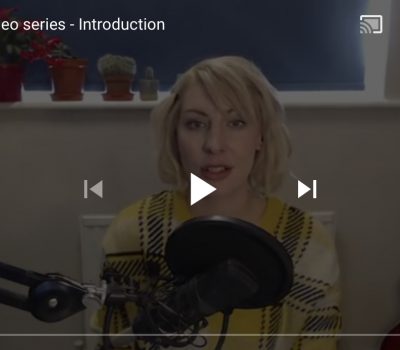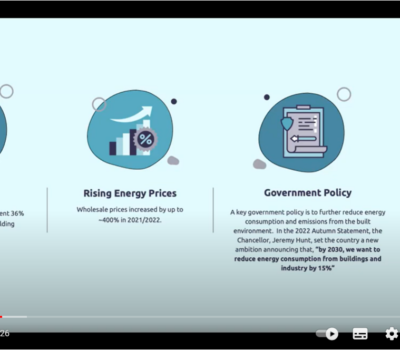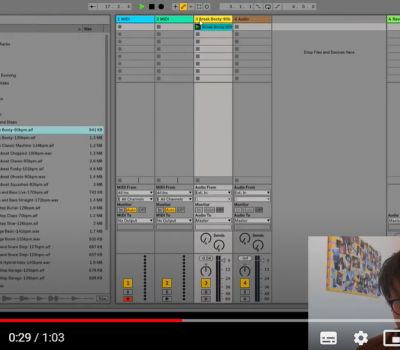


Our team sorts through all blog submissions to place them in the categories they fit the most - meaning it's never been simpler to gain advice and new knowledge for topics most important for you. This is why we have created this straight-forward guide to help you navigate our system.


And there you have it! Now your collection of blogs are catered to your chosen topics and are ready for you to explore. Plus, if you frequently return to the same categories you can bookmark your current URL and we will save your choices on return. Happy Reading!
Know your children, build their confidence, by showing them it’s OK to fail […] There are ALWAYS going to be different levels of understanding, but it’s about catering for ALL, allowing them to achieve their PERSONAL POTENTIAL.

Having recently read this book, I was able to enhance my teaching, as I started to implement many of the techniques suggested. I could see that the strategies were realistic, logical and really did help my children progress.
The key fundamentals of knowing ‘How to make it stick’.
Keeping it real…
PERSEVERE, PRAISE & INSTIL CONFIDENCE.
Immediate Feedback…
INTERVENING AT PRECISELY THE RIGHT MOMENT IS KEY.
Prioritize, one step at a time…
FOCUS, REFUEL AND CEMENT.
Repeat, adapt and strategically reintroduce…
‘A baseball player who practices batting by swinging at fifteen fastballs, then at fifteen curveballs, and then at fifteen change-ups will perform better in practise than the player who mixes it up. But the player who asks for random pitches during practice builds his ability to decipher and respond to each pitch as it comes his way, and he becomes the better hitter.’
Strengthening the memory using spaced retrieval learning…
‘As you reconstruct learning from long-term memory, as awkward as it feels, you are strengthening your mastery as well as the memory.’
BUILD IN POINTS FOR CHILDREN TO STRUGGLE, IT WILL STRENGTHEN THEIR UNDERSTANDING OF THE LEARNING.
Making mistakes, knowing exactly where you went wrong and correcting helps…
True or false, articulate and the use of misconceptions…
‘True of false questions’ assess what they have contained, in their memory.
‘Articulate’ allows the children to explain the learning accurately, going back to the ‘bare bones’ of the concept.
‘Misconceptions’ allow children to challenge what they think they know and compare with what they actually know.
Then they have to prove and justify, again articulating learning and strengthening memory.
Keeping it simple but effective, quality over quantity…
Get straight to the main point of learning and make sure the model is clear, inspirational and captures the key aspects that the children need to understand.
Make it relevant, make it real and alter those objectives…
We are teaching children to be savvy in an ever changing world, with 21st century careers, therefore it’s essential that we think about how we can alter the objectives. We need them to relate to an area of learning that the children will use, in their future careers.

The author

Read more

Read more

Read more

Read more

Read more

Read more

Read more

Read more


Are you looking for solutions? Let us help fund them! Nexus Education is a community of over 11,000 schools that come together to share best practise, ideas and CPD via online channels and free to attend events. Nexus also offers funding to all school groups in the UK via nexus-education.com


Established in 2011, One Education is a company at the heart of the education world, supporting over 600 schools and academies. Our unique appeal as a provider is in the breadth and synergy of the services we offer, supporting school leaders, teachers and support staff to achieve the best possible outcomes for their pupils and staff.

School Space is a social enterprise that has empowered schools for over 12 years through their profitable and hassle-free lettings services. So far, they’ve generated over £5 million in revenue for education, helping to connect over 200 schools with their local communities.


Operoo is a school operations and productivity platform. We help thousands of schools and trusts to eliminate slow, expensive and repetitive tasks. Operoo helps schools streamline and digitise processes, drastically reducing the associated costs: From student pre-admissions, permission forms, payments, and school trips; to medical information and emergency contacts, incident reporting, staff agreements, and more in over 100 languages.


Unify is an online sales and marketing tool that allows users to create tailored personalised documents in moments.


There’s nothing special about the energy we sell. In fact, it’s exactly the same energy as all our competitors provide. But there is something special about the way we do it. Where others complicate the process, we simplify it. Where others confuse customers with hidden terms, we’re an open book. And where others do all they can to make as much money from their customers as possible, we do all we can to make as little. Everything we do, we do it differently. Our customers are a privilege. One we’ll never take advantage of.


Securus provide market-leading monitoring solutions to safeguard students on ALL devices both online and offline. We also offer a full monitoring service, where we carry out the monitoring on behalf of the school, freeing up valuable staff resources. From the smallest school to large MAT groups, Securus offers safeguarding protection for all!


As European leaders of Time Management Solutions, Bodet offer Lockdown, Clock, Bell & PA Systems. Harmonys, our five-in-one IP/PoE Bell System, provides a unique customisable lockdown or panic alarm alert. Melodys, a Wireless Bell System, is useful where wiring can be difficult.